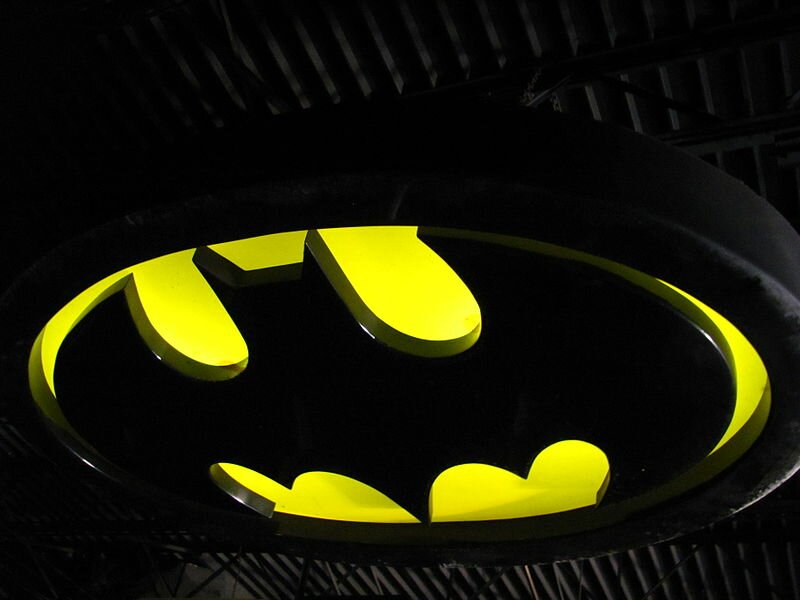Editor (Travel)
Climate change causes a lot of alterations in our environment. Sea levels starts to rise due to the melting of glaciers. Vast deserts expand even more. The industry pollutes the air and ocean. We chops down trees, causing deforestation. These are just a couple of reasons why the surface of our planet is changing so rapidly. Unfortunately, some of the alterations happen in places which have a breathtaking natural beauty. For how long will we be able to see them? No one knows exactly, it depends on our own actions and willingness to preserve them.
1. Maldives
The archipelago which is very famous for tourism consists of 1,200 islands. Sadly, it may be counting its last years of prosperity as 80% of the islands are lower than 1m above sea level. The concern is that with sea level dramatically rising, it would not take more than 100 years for the Maldives to be completely flooded and therefore deserted. The problem is a very serious issue in the Maldives and back in 2008, Mohamed Nasheed, the president of Maldives at that time, declared that the government needs to start purchasing land in foreign countries, where the citizens of the Maldives, affected by the rising level of water and loss of home, could be relocated. The Maldives, claimed to be world’s smallest Asian country in population and land area, is also world’s lowest nation. On top of that, Maldives recently lost 90% of the coral reef due to coral bleaching.
2. Glacier National Park
Glacier National Park in the United States used to have 150 glaciers dotted all over the park a little bit more than  a century ago. By 2005 the number dropped to mere 27, and scientists are anticipating that even they will melt by 2030. The melting causes problems to the whole flora and fauna of the park. They are used to very cold conditions and require icy water which soon will be no longer available. It is expected that the ecosystem of the park will alter after the glaciers melt.
a century ago. By 2005 the number dropped to mere 27, and scientists are anticipating that even they will melt by 2030. The melting causes problems to the whole flora and fauna of the park. They are used to very cold conditions and require icy water which soon will be no longer available. It is expected that the ecosystem of the park will alter after the glaciers melt.
3. Dead Sea
The sea may not be literally dead but the misuse of its resources could ‘kill’ it. A sea which has 10 times more salt than any seawater, as well is in abundance of natural mineral resources, is being exploited by a lot of different industries, such as cosmetic and pharmacy. This led to a decrease in its size by a third and eventually may lead to its complete ‘death’.
Image courtesy: Wikimedia Commons
Ingrida Kurlinkute
Latest posts by Ingrida Kurlinkute (see all)
- Three Brilliant Christmas Markets - December 2, 2013
- Kerala – A Treasure of South India - November 25, 2013
- Verona – Ancient History Living in Harmony with Romeo and Juliet - November 18, 2013









No comments
Be the first one to leave a comment.